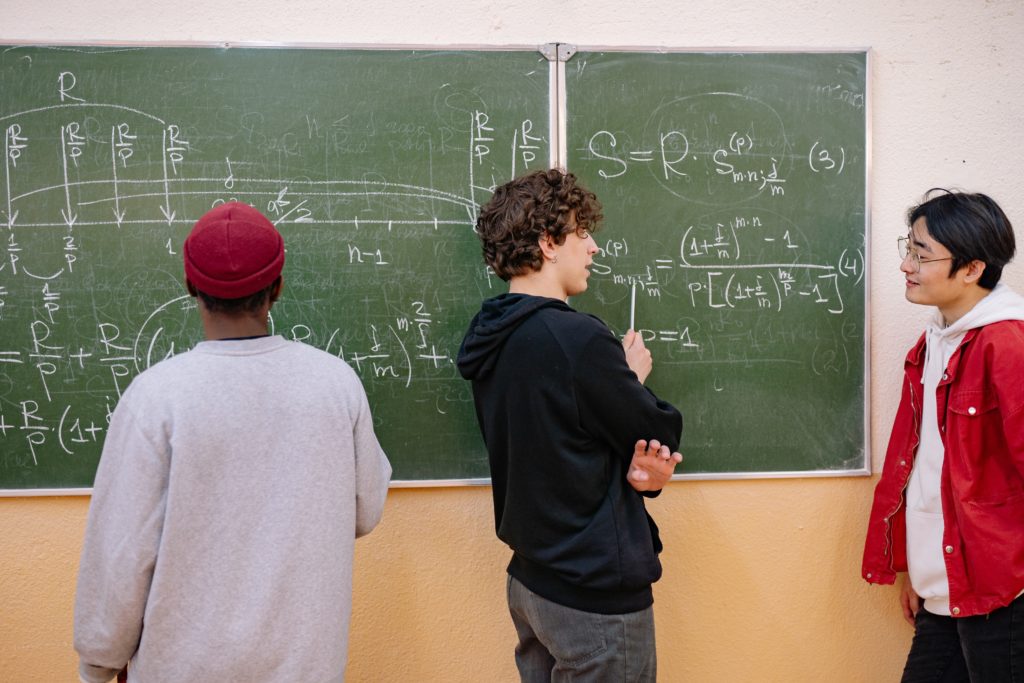Shaking Things Up to Increase Engagement
“For many students, school is an obligation, not a joy and a privilege. This means you need to ‘sell’ the learning to them.” – Eric Jensen
You do not have to be in education long to know that the weeks between New Years Day and the first day of spring seem to go on forever with very few breaks. These cold winter weeks tend to drain the energy from both teachers and students. It can be difficult to plan engaging, effective instruction that piques the interest of our students. Maintaining student engagement is key during this time to keep the march towards the end of the school year on track.

One way to keep engagement levels high is to break away from the long periods of whole group lectures and find moments in your instruction to embed small group opportunities. Ralicia Preisinger points out in her article “Creating Learning Opportunities for Young Students Outside of Large Group Instruction” that increasing the use of effective small groups will “create a child-focused experience and foster a sense of belonging and acceptance throughout each school day.” One way to do this is to engage the students by making each activity feel like a unique experience for the students. While this task can be difficult during a whole group lecture, it is easier to accomplish when working with students in groups. These unique experiences allow us to link our content to student interest, real-world experiences, and project-based learning opportunities.
Another option to increase engagement during instruction is to focus on improving the overall culture of the classroom. Esther Wojcicki details the impact that classroom culture can have on engagement in the article “How to Engage Students in Any Subject Area.” A key component of the article is working to foster relationships between the students in the classroom. Many may think that it is too late in the school year to work on student relationships, but it is never too late to cultivate a sense of camaraderie. Using activities that increase students’ knowledge of their classmates’ interests and personalities not only impacts the students but also allows teachers to get a sense of who may work better in groups with fewer distractions and more engagement. Coupling this with ensuring that students are aware of why the content is important to their future allows teachers to once again create unique learning experiences that go beyond the basic lectures and worksheets.
Engagement will always be a fundamental component of education. As we plan our lessons each week, we hope that all pieces of our instruction strike a chord with every student. This is especially true in the solemn winter months with the sky seeming to be more gray than blue. Changing up the pattern of your class and building stronger relationships within the classroom will hopefully liven up the classroom environment and make each day memorable.
Contributor: Bradley Sasser, ECU
NC NTSP Blog Team: Bradley Sasser-ECU, Jackie Aponte-UNC, Lori Best-UNCW/WCU/FSU, Kathy Fields-UNC, Jami Graham-UNCP, Maghan Kirschner-UNCC

